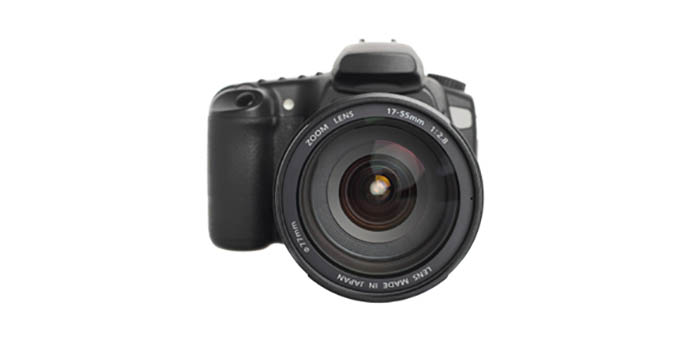Dig into anyone’s closets and chances are you’ll find boxes of negatives and duplicate photos, piles of old VCRs and unmarked camcorder tapes.
With today’s technology, there’s nothing holding you back from converting those shelves of disorder to a digital and visual library worthy of your family’s finest moments. In this 3-part series, we’ll take you step by step through the transformation.
Why you need to go digital now
Despite the fact that technology now makes it simple and easy, there is shelf life to consider. Unless you are meticulous in your conservation efforts, every VCR and camcorder tape has an average shelf life of 5 to 10 years, and no one can fend off the inevitable breakdown in audio and video quality.
As for your photos, having digital copies ensures that those precious memories won’t yellow with time, not to mention providing you with a myriad of options for display.
Converting photos and negatives
Today’s scanner technology enables you to easily and affordably capture and retain the original likeness of your photos. The resolution (size a file can be scanned in at) has tripled in recent years and many machines come with a negative (35mm) panel for scanning film strips.
If you want to do it yourself, there are two options: combination printer/scanners or dedicated scanners. Jon Cancelino, photographer and digital expert, likes Hewlett Packard for dependable, cost-effective, dual function units that even the least techno-savvy consumer can install and use. Epson has been creating reliable scanners for over 15 years and is a good choice for a dedicated scanner.
Getting your best scan
Ritz Camera offers the following tips for self-scanners:
- Make sure you choose a resolution of at least 250 dpi (dots per inch).
- Scanning at web quality (72-100 dpi) will limit your ability to print them clearly later, particularly if you plan to enlarge the photo.
- Higher resolution scans may show more imperfections like lint or watermarks, but you can always edit these out later.
Converting VHS to DVD
There are a few great and easy-to-use programs available at Best Buy or Ritz Camera that enable you to connect your VCR or camcorder to your computer to capture old footage on DVD. Cancelino likes Roxio for its ease of use and great quality output, with versions for both Macintosh and PC platforms.
Outsourcing your scans and conversions
If you don’t have the time or energy to do it yourself, there are plenty of great online and local companies that will do the work for you. It may cost more than doing it yourself, but in the end you will usually get a higher quality, and faster turnaround. Another advantage to outsourcing is the professionals can edit and retouch the old footage to ensure the best possible output.
For a local source, Cancelino recommends Ritz Camera. On top of competitive pricing, they offer the most up-to-date printer/scanners that are calibrated every day to ensure true color reproduction.
Or, you can search online using your city name + photo digital conversion. No matter whom you choose, Cancelino says it’s best to call around and compare to make sure you get exactly what you want, as there are no set rules on how much, when or what type of output (prints, digital, files, DVDs) you will get. And don’t forget to ask about price. Many studios offer discounts for volume, and others may have an occasional sale.

